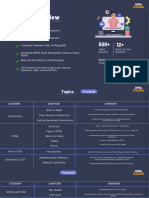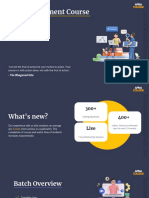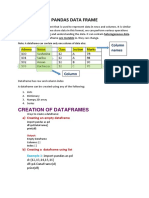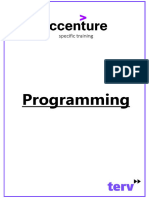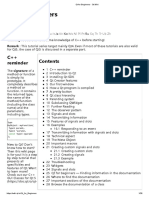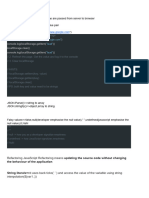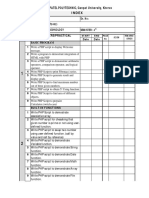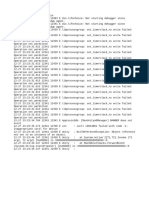0% found this document useful (0 votes)
248 views9 pagesReactjs Roadmap For Beginners
The document outlines a roadmap for learning ReactJS with 49 lessons covering topics such as components, props, state, events, conditional rendering, forms, lifecycles, routing, context API, Redux, authentication, internationalization, animations, server-side rendering, and more. It provides an overview of each lesson including prerequisites, key concepts, and installation/setup instructions for React.
Uploaded by
viratkohli00000653428Copyright
© © All Rights Reserved
We take content rights seriously. If you suspect this is your content, claim it here.
Available Formats
Download as PDF, TXT or read online on Scribd
0% found this document useful (0 votes)
248 views9 pagesReactjs Roadmap For Beginners
The document outlines a roadmap for learning ReactJS with 49 lessons covering topics such as components, props, state, events, conditional rendering, forms, lifecycles, routing, context API, Redux, authentication, internationalization, animations, server-side rendering, and more. It provides an overview of each lesson including prerequisites, key concepts, and installation/setup instructions for React.
Uploaded by
viratkohli00000653428Copyright
© © All Rights Reserved
We take content rights seriously. If you suspect this is your content, claim it here.
Available Formats
Download as PDF, TXT or read online on Scribd
/ 9


















